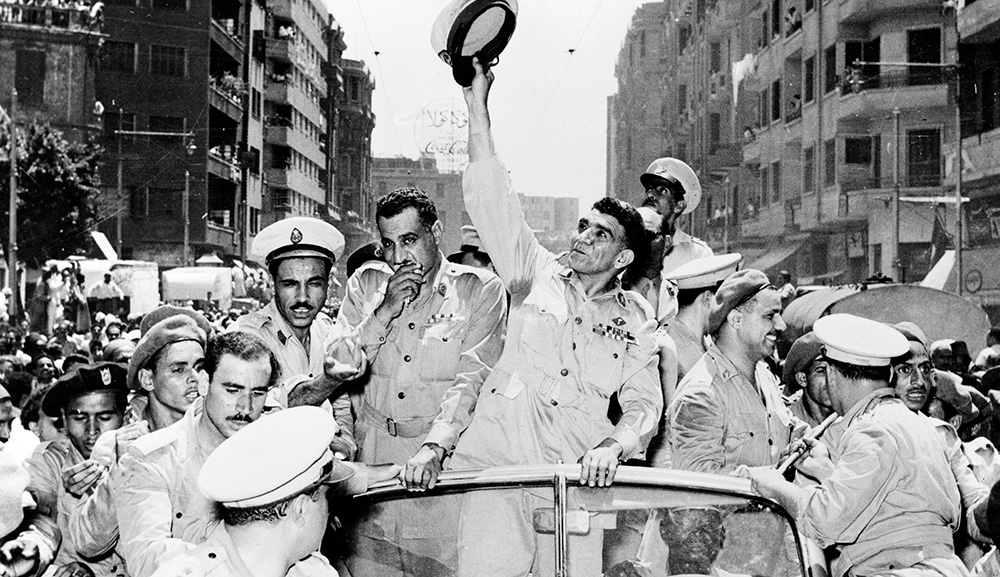On Friday, the Islamic Republic held its parliamentary elections, which delivered a resounding victory to the so-called “hardliners.” Or at least so it seems to the casual observer. In reality, two-thirds of those eligible to vote declined to do so, knowing full well that the outcomes were foreordained. Tamar Eilam Gindin explains:
[A] tiny council known as the Guardian Council of the Constitution, [whose] twelve members are directly or indirectly appointed by the supreme leader, [must] approve any laws passed by the parliament, and filters the candidates running in every election. Its members also learn from their own mistakes.
For example, after the reformist candidate Mir-Hossein Mousavi didn’t win in 2009 and his supporters and regime opponents took to the streets, in 2013 the Guardian Council filtered the candidate list to exclude all “problematic” contenders. [This time], Iranians seeking change simply had no one for whom to vote.
The current election race, which follows on the heels of two gigantic protest waves—in November over gas prices, and in January over the regime’s attempt to cover up its role in the downing of a Ukrainian passenger airline—was largely characterized by immense resistance to the false pretense of democracy. There were photos and video footage of election banners being ripped up and torched, windows at various campaign headquarters being shattered, and people using “I don’t vote” [as an anti-regime] slogan. . . . The minuscule voter-turnout rate points to the people’s severe and persistent crisis of faith in the regime.
More about: Democracy, Iran, Iranian election


